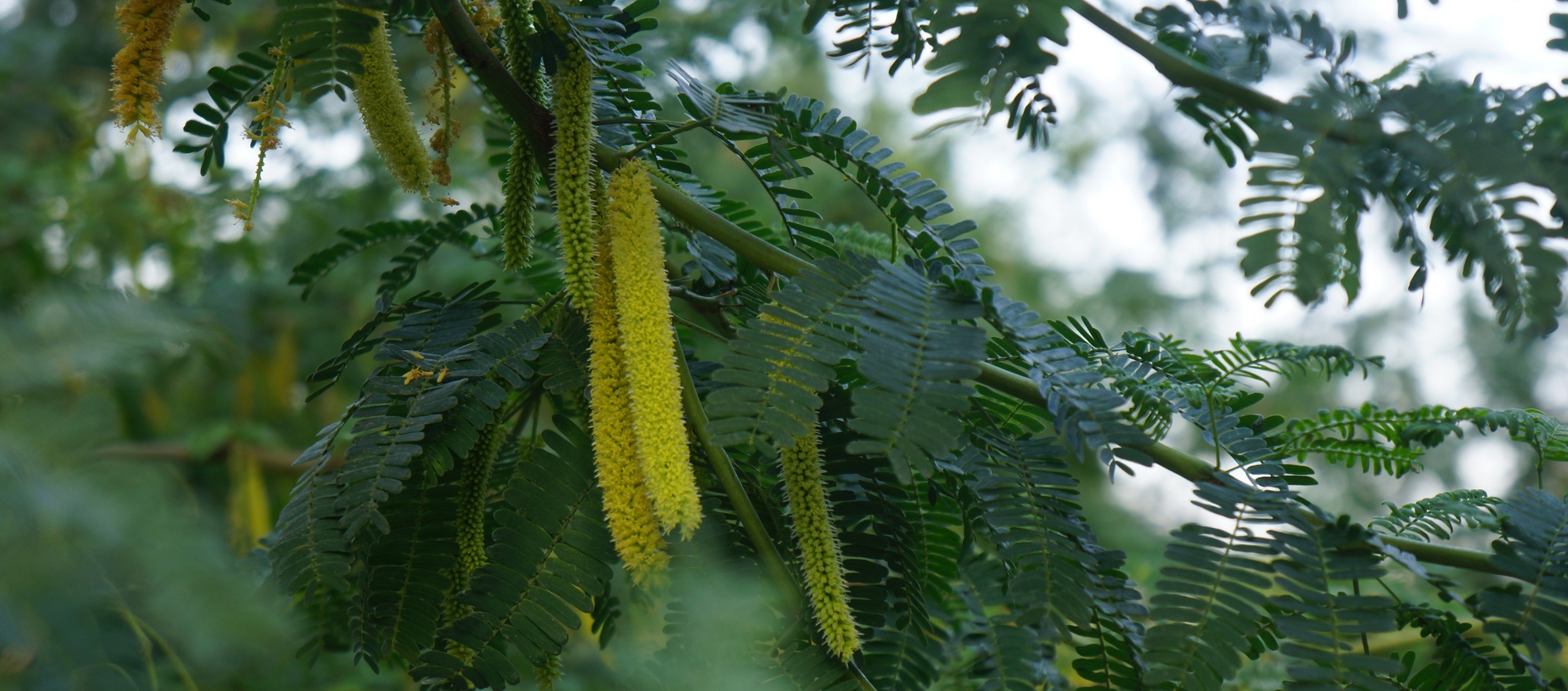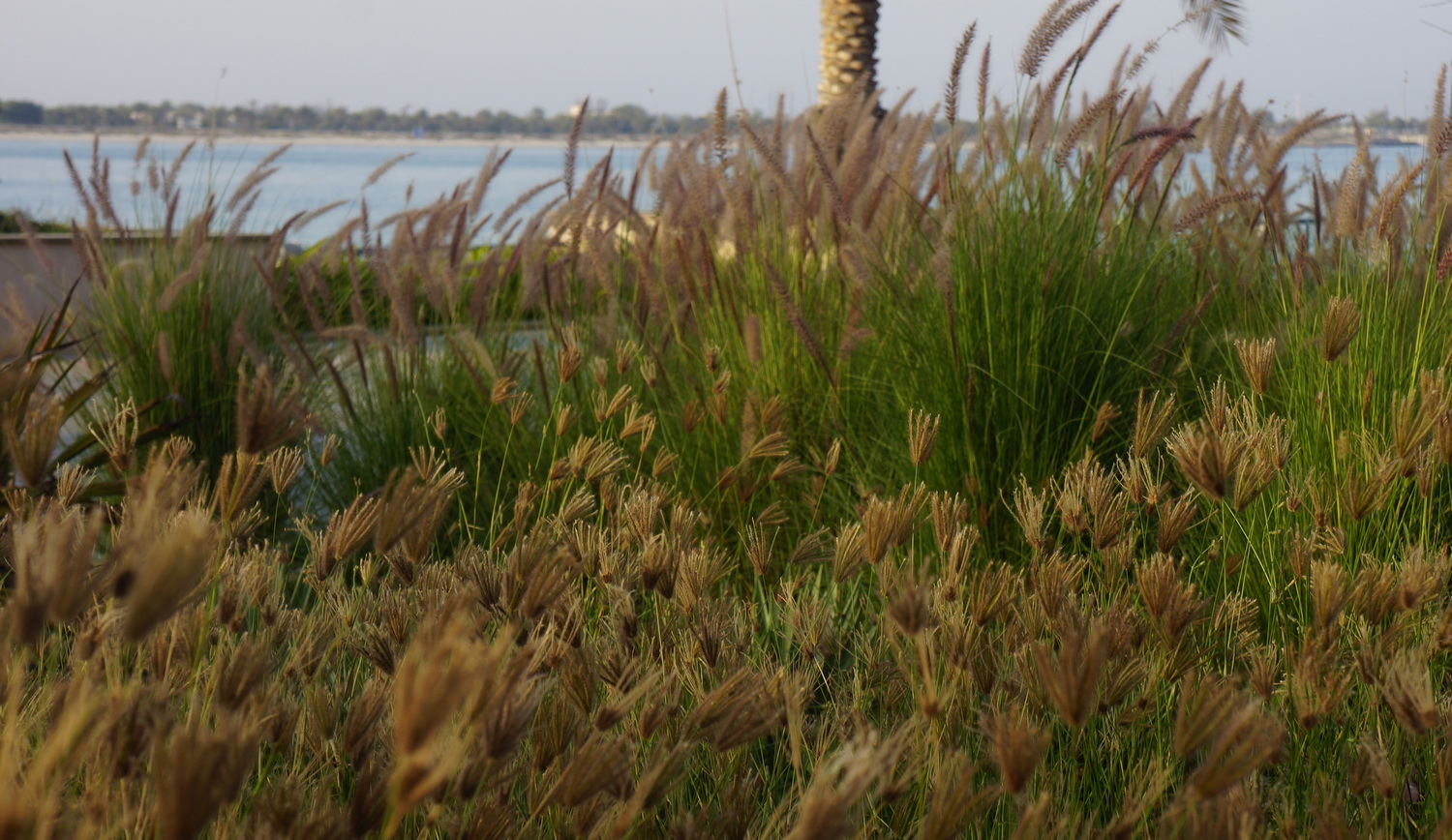The other side of work I undertake in the Middle-East region (other than tree consultancy) is planting design, for creating new landscapes always brings me a special joy. When they are in public spaces, I love the chance it gives to interact (albeit remotely) with many people in place, over time and hopefully, enhance their enjoyment of that place. In the public realm, what that place is, is being questioned and challenged in the light of urbanisation and climate change. Ecology and environment are driving design as never before.
I am about to start working on a collaborative project in Saudi Arabia (update: this project was delayed, then knocked out by Covid). It will involve the specification of many trees, shrubs and groundcovers and I get to find out just how many locally-sourced big specimens I can find that are of acceptable quality. Much of this will come down to the application of formative pruning in the nursery and I’ll be on the lookout for the best available in the region. I suspect I’ll be sourcing a lot from neigbouring UAE, simply because of familiarity of sources. Quality remains a challenge, though.
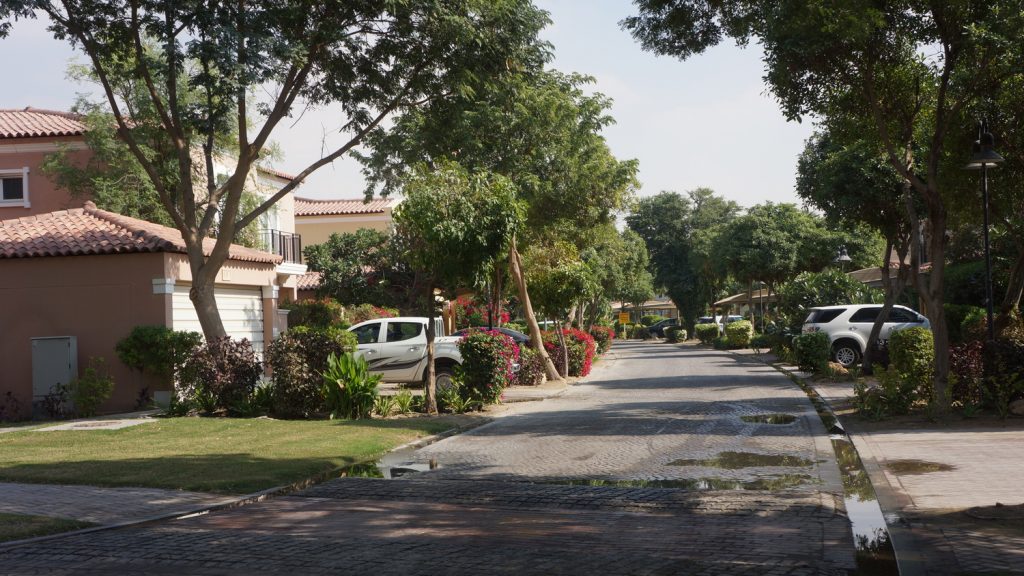
Excess Irrigation in a Dubai housing area
My most pressing concern I have is how to improve on irrigation techniques, which are traditionally massed surface drip lines onto marginally improved sand. This is inefficient and wasteful and I shall be looking at the use of moisture retention mediums and sub-surface irrigation. I believe most watering of landscapes in arid climates could be cut by half, just by more efficient application and retention, in the right place. The picture above shows typical wastage in a Dubai suburban landscape.
Whilst urban planting requires urban plants, I will also be looking at the use of more climate-adaptive species, which I think is important in an era of climate crisis; the Middle-East is going to struggle to cope with every degree of temperature increase. The use of more desert-adapted planting is not new, and not applicable everywhere but I believe there is much scope for experimentation and new thinking.
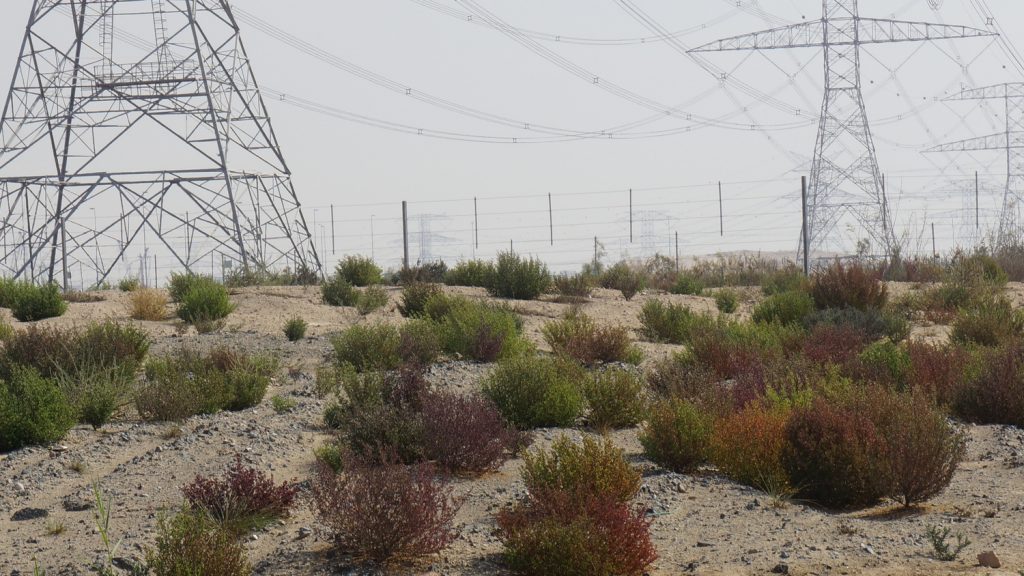
For me, planting design is about building communities, layering types of plants together in harmonious associations that fit. I don’t mind grouping plants together that come from different geographical regions, but they have to come from a similar ecological niche. Such design is so much more than just nice foliage contrasts and I believe the results can be subtle, but profound.
Landscape must, of course, fit our purpose but I believe we tend to pursue this end to the exclusion of everything else. Nature is the basis of landscape, and so too is ecology, ecosystem and planet. We should not divorce our landscapes from this reality; rather, they should always seek to remind us of these connections. So yes, in town centres and urban streets, we have our eco-bling landscapes; vibrant places, exotic, heady, purfumed, exciting. Nature at it’s most unbelievably flamboyant (cue pic: delonix, the flamboyant tree). Elsewhere, we need more grounded landscapes, more real, more connected to place.
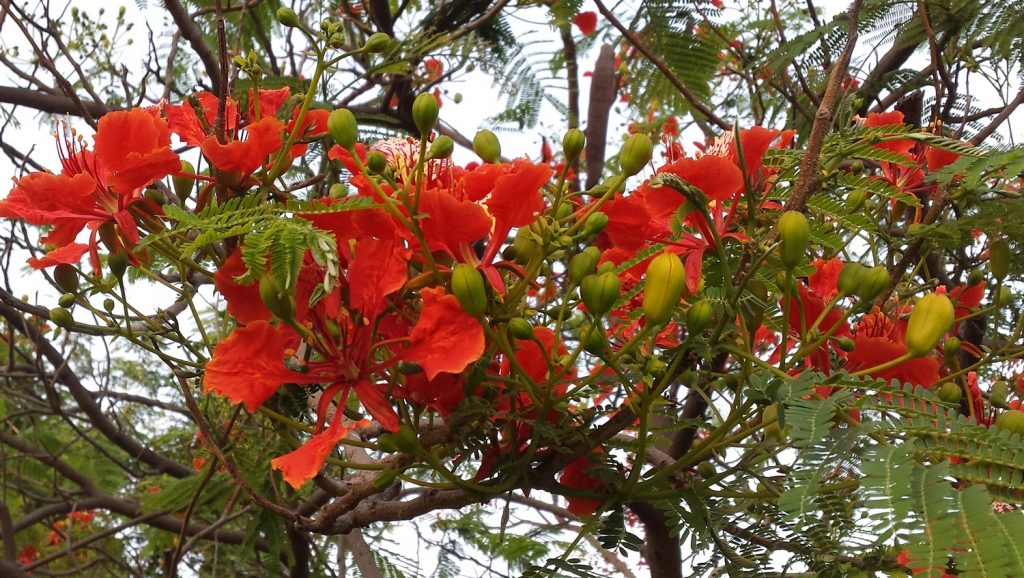
Delonix regia, the flamboyant tree
I love this tree, it is everything I have described above, pure eco-bling. Yet it is not appropriate everywhere and because it has become a part of the standard landscape palette, I belive it is overused, and used in places where other species would be more appropriate. I think there are many trees and shrubs that could be used in the region that haven’t been tried yet, from East Africa, for example. The climate there may be more equatorial and more varied but it is not so remote or different as that of some exotics imported from sub-tropical climates (the Delonix mentioned above is from Madagascar, again not too dissimilar).
I think planting design in the Middle-East faces a whole new range of challenges and opportunities. The changing climate will force new thinking, to match the new development and the new understanding that is emerging of our intimate relationship with nature. I’m hoping to contribute towards that new expression and understanding.
